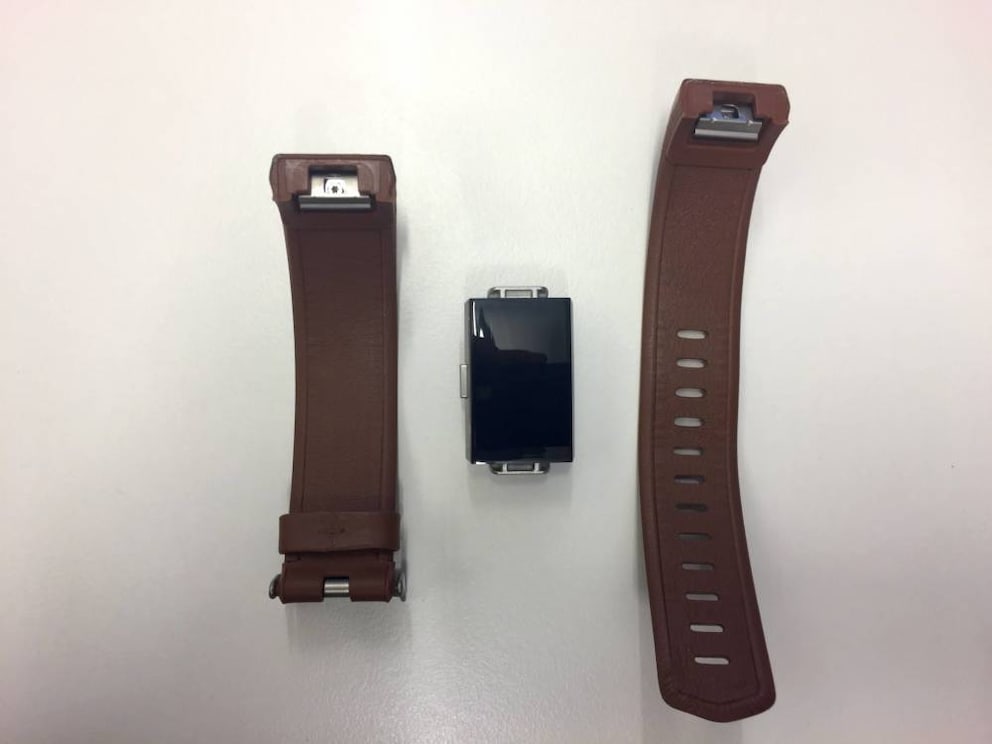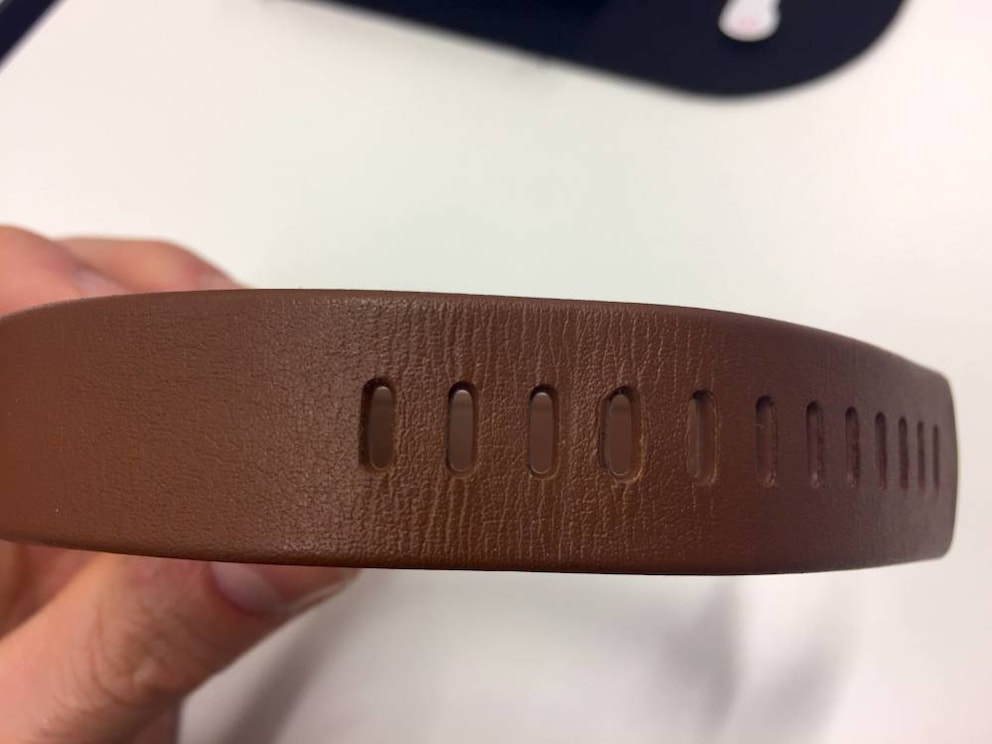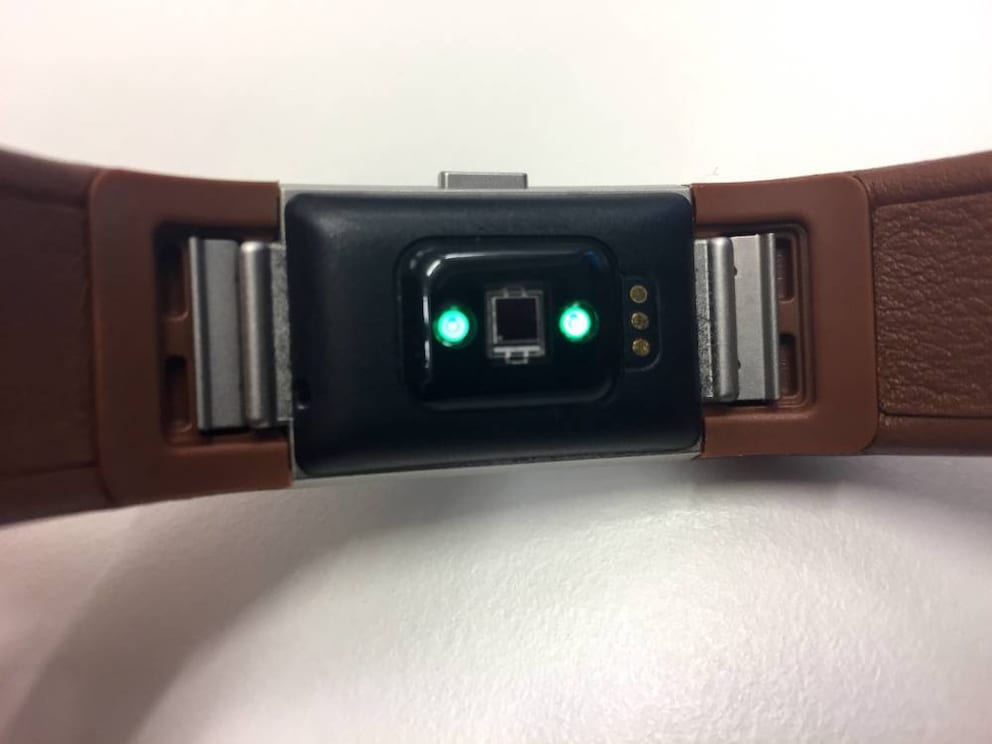January 23, 2016, 10:56 am | Read time: 5 minutes
The Fitbit Charge 2 comes with many new features compared to its predecessor, such as GPS connectivity and breathing exercises. The test shows how well these work.
The market for fitness trackers is huge. According to a Bitkom study, nearly one in three people over the age of 14 in Germany currently uses a device to record health data. Fitness bands like the Fitbit Charge 2 account for 18 percent of this. While they don’t offer the extensive features of a true sports watch or smartwatch, they are significantly more compact, durable, and usually more affordable.
Fitbit Charge 2: First Impressions
The Fitbit Charge 2 appears simple and lightweight. For many men, it might seem unusually slim if they’re used to wearing watches. Those who prefer a masculine look might be disappointed. However, the longer you wear the Charge 2, the more you appreciate its light weight and stylish, understated design.

Photo: Martin Lewicki
By default, the fitness band comes with a silver case and a plastic band available in four different colors: black, purple, blue, and turquoise. The base version costs 159.95 euros. For an additional 30 euros, there’s a “Special Edition” with a black case or in rose gold.
New is the ability to change bands. In addition to the plastic options, there are three leather bands available as accessories in brown, pink, and indigo.
Leather Is Not Just Leather
The plastic bands are quite flexible and feel good on the skin. However, the leather band offers slightly higher wearing comfort. Yet, the leather neither looks particularly natural nor high-quality. It seems to be heavily treated. The brown leather band we tested appeared to have such a thick lacquer layer that it felt more like plastic. At 69.95 euros, it’s a disappointment.

Photo: Martin Lewicki
Unlike its predecessor, the Charge 2 has a display four times larger. The black-and-white display is large enough to show the time, date, step count, and heart rate simultaneously. You can see the individual pixels like ten years ago, but it doesn’t really bother.
Touch Is Not Just Touch
Unfortunately, it’s not a true touch display. Instead, you can only switch to the submenu within individual menu items with a firm tap on the display. The tap isn’t always recognized, which can be a bit annoying. It worked best in the middle of the display. The mechanical button on the side for switching menu items and activating individual programs works flawlessly.
More Features Than the Predecessor
When the Charge 2 is connected to a smartphone via Bluetooth, notifications for calls, SMS, and calendar events are displayed on the screen. New is the ability to create multiple sports profiles, such as for fitness, running, and cycling, and access the smartphone’s GPS to accurately measure running distance–of course, only if the iPhone is present.

Photo: Martin Lewicki
Fitbit now helps with relaxation through breathing exercises, and with the new Cardio Fitness Score, you can assess and improve your fitness level. Additionally, sleep is “monitored” and recorded with surprising precision.
It’s a pity that the Charge 2 is not suitable for swimming. However, the band is splash-proof.
Not Always Accurate in Measurement
Some inaccuracies were noticed in activity tracking: For example, if you move your wrist a lot, the step count increases. This happens easily when brushing teeth, washing dishes, or dancing. The number of floors climbed was also higher than actually achieved. For 12 floors climbed, 15 were displayed. For 24 floors, it was already 30.
The pulse, however, was always a few beats lower compared to a sports chest strap, but overall it didn’t deviate significantly.

Photo: Techbook
Great App and Effective Motivation
What is very pleasing: the flawless synchronization with the Fitbit app on the smartphone and its use. And that’s extremely important because the band is primarily for data collection, while the evaluation takes place in the app.
The communication with the wearer is also well done. You’re nicely invited to move a bit if you’ve been sitting idly at the computer for an hour. And when you reach your predefined step goal, the tracker celebrates with a jumping figure on the display–small motivations that encourage rather than annoy.

Photo: Techbook
Incidentally, the fitness tracker lasted four to five days on a single charge. A full charge took 1.5 hours via USB connection. And waking up in the morning with a gentle vibration on the wrist worked well too.
More tech topics? Follow us on Facebook and Twitter!
Conclusion
While the Fitbit Charge 2 doesn’t replace a true smartwatch or a sports watch for ambitious athletes, it’s a good fit for those who don’t need or find those too bulky. The fitness tracker is a great choice for aspiring self-optimizers who want to measure and analyze their activities with a chic, discreet device. Even if the tracker wasn’t always completely accurate with its measurements, it fundamentally raises awareness of one’s health and fitness–a good entry into the world of self-optimization.
Also interesting: How to delete your Fitbit account if needed!

How Accurately Do Smartwatches Measure During Sports? A Study Has Found Out

Google unveils Pixel Watch 3 in a new size and with improved functions

Three Smartwatches Stand Out, According to Stiftung Warentest
What Are the Alternatives?
If 160 euros is too expensive, you can look for cheaper alternatives, such as from Runtastic: The Orbit fitness tracker costs just under 30 euros, but still measures steps taken and calories burned and even analyzes sleep. Also worth a look: The Garmin Vivofit 3 (around 80 euros), which is waterproof and automatically detects whether you’re cycling or running. You can also currently get Jawbone bands at a good price: Once a pioneer in the fitness tracker field, rumors emerged in 2016 that the manufacturer was withdrawing from the wearable sector. Since then, Jawbone has been quiet, making the remaining stock, such as the UP3 (around 60 euros), available at a good price–a good deal for a band with sleep analysis and heart rate monitor.


